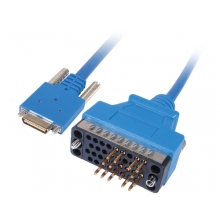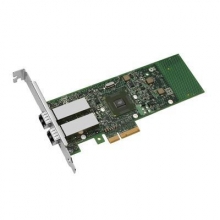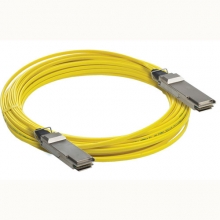- Optical Transceivers
- SFP+ Transceivers
- XENPAK Transceivers
- XFP Transceivers
- X2 Transceivers
- SFP Transceivers
- Compatible SFP
- 3Com SFP
- Alcatel-Lucent SFP
- Allied Telesis SFP
- Avaya SFP
- Brocade SFP
- Cisco SFP
- D-Link SFP
- Dell SFP
- Enterasys SFP
- Extreme SFP
- Force10 SFP
- Foundry SFP
- H3C SFP
- HP SFP
- Huawei SFP
- Intel SFP
- Juniper SFP
- Linksys SFP
- Marconi SFP
- McAfee SFP
- Netgear SFP
- Nortel SFP
- Planet SFP
- Q-logic SFP
- Redback SFP
- SMC SFP
- SUN SFP
- TRENDnet SFP
- ZYXEL SFP
- Other SFP
- FE SFP
- GE SFP
- OC3 SFP
- OC12 SFP
- OC48 SFP
- Copper SFP
- CWDM SFP
- DWDM SFP
- BIDI SFP
- Fiber Channel SFP
- Multi-Rate SFP
- SGMII SFP
- Compatible SFP
- GBIC Transceivers
- Passive Components
- Networking
- Cables
- Equipments
- Tools
- Special Offers


The 10x10 MSA conundrum(1)
Google spent much of 2010 beating the drums for an alternative to the IEEE’s 100-Gigabit Ethernet (100GbE) 100GBase-LR4 specifications. We want something that would produce modules that would prove cheaper and more likely to be developed quickly enough to meet our requirements, Google representatives said during speaking opportunities at the major industry tradeshows.
The company raised eyebrows in December 2010 when Google decision makers apparently decided that if they wanted something done right, they would have to do it themselves. Google sponsored its own transceiver multi-source agreement (MSA), in collaboration with Brocade (NASDAQ:BRCD), JDSU (NASDAQ:JDSU), and Santur Corp. (see "Google joins tech vendors in 10x10G 100 Gbps optical transceiver multi-source agreement").
Dubbed the 10x10 MSA – to highlight the fact that it targeted a module that combined 10 wavelengths of 10 Gbps, rather than the 4x25-Gbps approach outlined in 100GBase-LR4 – the group worked quickly to release its initial set of specifications in the first week of March 2011, then used OFC/NFOEC the following week to make as large a splash as possible.
Yet, beneath the whoopla, doubts were raised about the MSA’s overall influence on the market. Key to these doubts was uncertainty regarding both ends of the user/supplier equation: How much of an opportunity did Google and its ilk represent, and how many suppliers would chase it?



















































